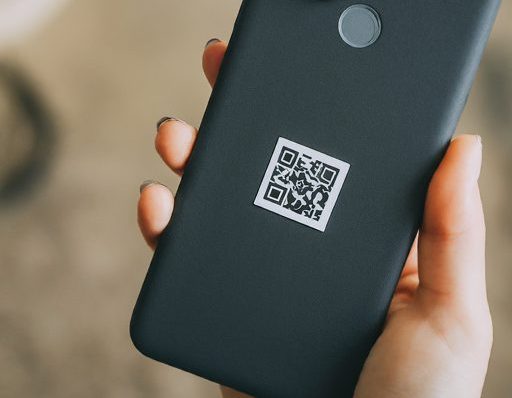In the sprawling landscape of mobile device identification, where IMEIs and MAC addresses often steal the spotlight, MEID quietly plays a critical role. Though less renowned, its significance in ensuring seamless connectivity and network management cannot be overstated. This exclusive article delves deep into the world of MEID, exploring its intricacies, applications, and the unique advantages it brings to the table.
Contents
MEID Unveiled: Understanding the Basics

At its core, MEID (Mobile Equipment Identifier) is a globally unique 56-bit number that serves as a permanent identifier for CDMA-based mobile devices. Think of it as a digital fingerprint, etching a distinct identity onto each device, allowing networks to recognize and track them efficiently.
Unlike its IMEI counterpart, which is typically associated with GSM devices, MEID finds its primary application in CDMA networks, predominantly used in North America and parts of Asia. Its structure, adhering to specific formatting guidelines, ensures compatibility and interoperability across various CDMA networks.
The Inner Workings of MEID

To fully appreciate the power of MEID, it’s crucial to understand its structural composition. The 56-bit number is divided into distinct segments, each carrying specific information:
- Manufacturer Code: A unique identifier assigned to the device manufacturer.
- Model Code: A code representing the specific device model.
- Serial Number: A unique number assigned to each individual device.
This structured format not only streamlines identification but also enables network operators to gather valuable insights about connected devices, aiding in network optimization and troubleshooting.
MEID in Action: Real-World Applications

While MEID might not be a household name, its applications span a wide range of critical scenarios:
1. Network Provisioning and Activation
When a new CDMA device connects to a network, its MEID is transmitted to the network operator. This information is then used to provision the device, assign it a phone number, and activate its services, ensuring seamless connectivity from the get-go.
2. Device Tracking and Management
In the event of theft or loss, MEID proves invaluable in tracking and potentially recovering the device. Network operators can blacklist the MEID, rendering the device unusable on their network, discouraging theft and protecting user data.
3. Over-the-Air Updates and Firmware Management
MEID plays a pivotal role in ensuring devices receive timely over-the-air updates and firmware upgrades. By identifying specific device models, network operators can target updates efficiently, enhancing device performance and security.
4. Fraud Prevention and Security
The uniqueness of MEID acts as a deterrent against fraudulent activities. By verifying the MEID against a database of known devices, network operators can identify cloned or counterfeit devices, safeguarding network integrity and user experience.
Advantages of MEID Over Other Identifiers
While IMEIs and MAC addresses have their merits, MEID brings unique advantages to the table:
1. Permanence
Unlike MAC addresses, which can be changed, MEID is permanently embedded in the device’s hardware, ensuring a consistent identifier throughout its lifespan.
2. Global Uniqueness
MEID adheres to strict allocation guidelines, guaranteeing its global uniqueness. This eliminates the risk of duplicate identifiers, enhancing network efficiency and accuracy.
3. CDMA Compatibility
MEID is specifically designed for CDMA networks, ensuring seamless integration and optimal performance within this ecosystem.
4. Enhanced Security
The structured format and permanence of MEID contribute to enhanced security, making it difficult to tamper with or forge.
The Future of MEID
As technology evolves, the role of MEID is likely to expand further. With the advent of 5G and the Internet of Things (IoT), the need for reliable and secure device identification will only intensify. MEID, with its robust features and proven track record, is well-positioned to meet these emerging challenges.
Conclusion
While MEID might operate behind the scenes, its contribution to the seamless functioning of mobile networks is undeniable. From network provisioning to device tracking and security, its applications are far-reaching and critical. As the mobile landscape continues to evolve, MEID stands as a testament to the power of standardized identification, ensuring connectivity, security, and efficiency in an increasingly connected world.
Read More: Demystifying the MEID: Unveiling the Mobile Equipment Identifier (Exclusive)
Read More: Decoding the 061 Area Code: A Comprehensive Guide






